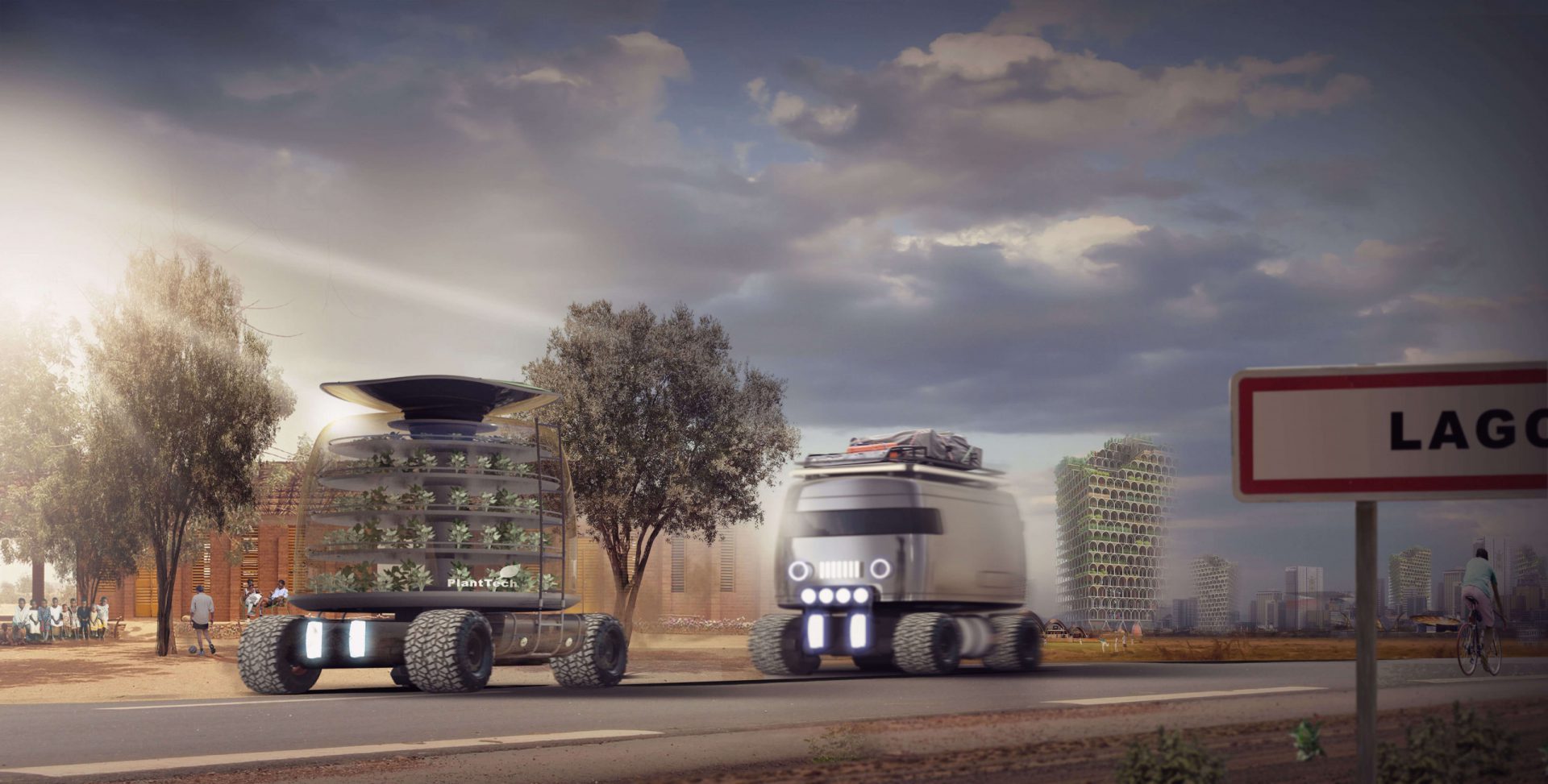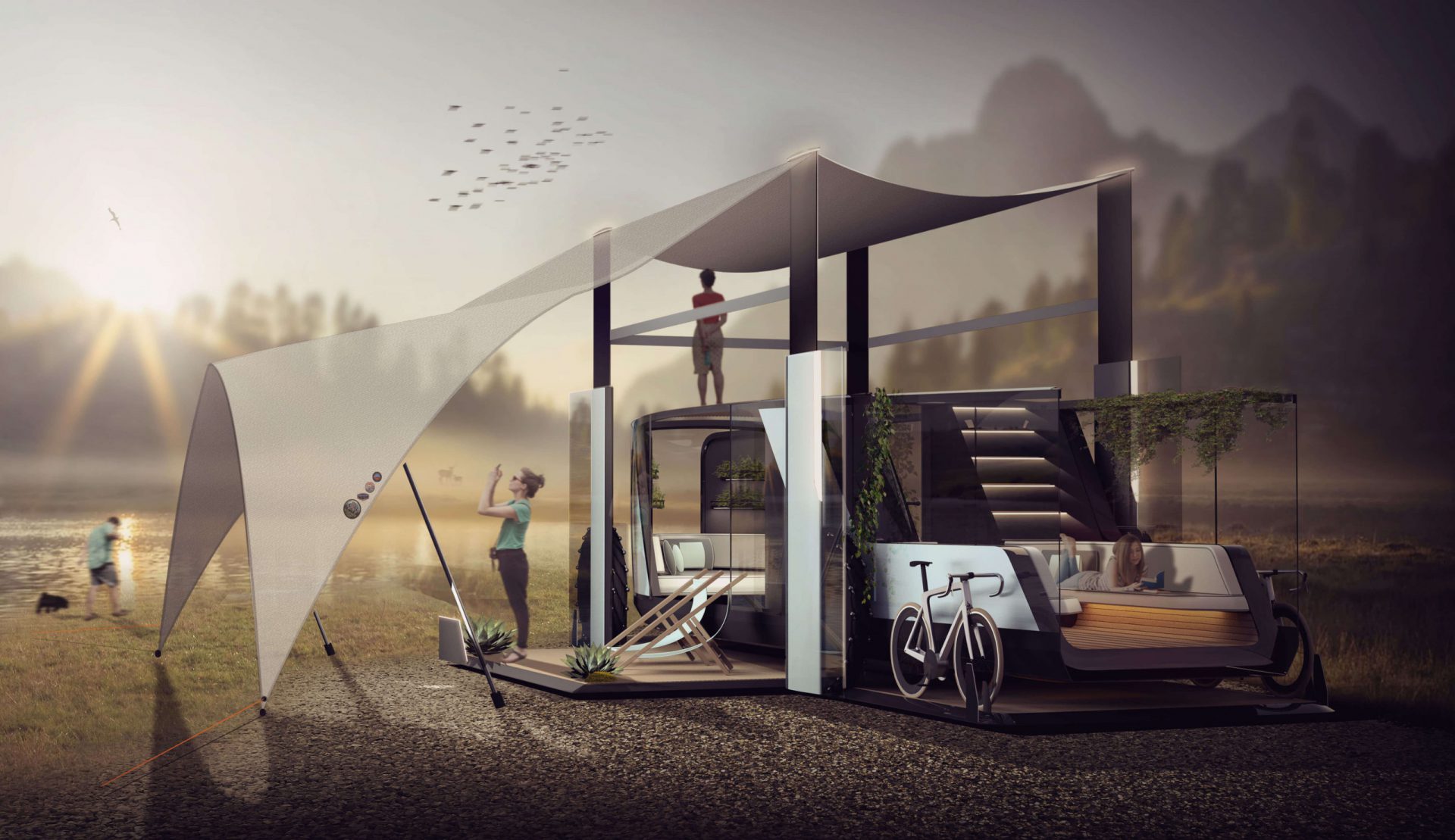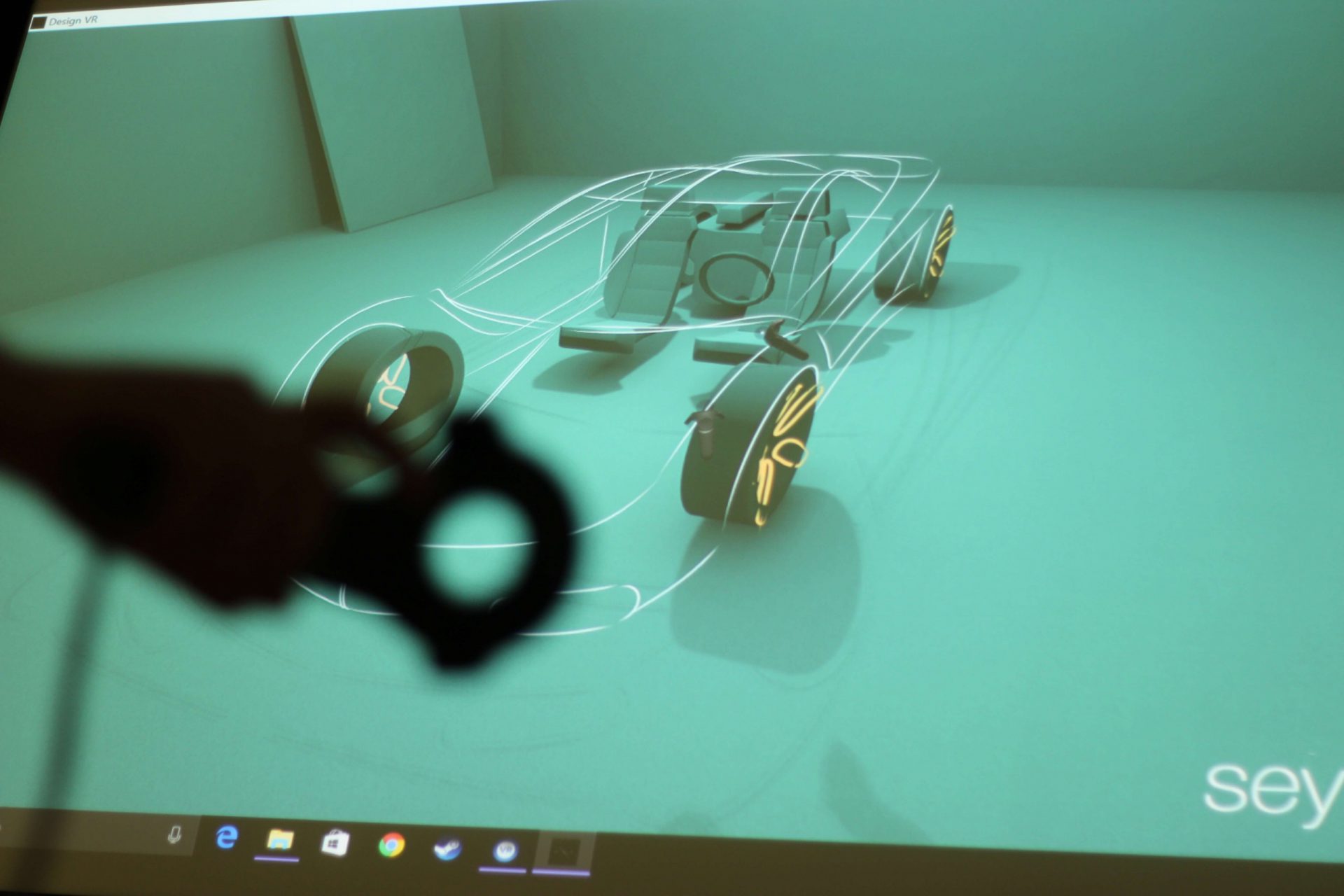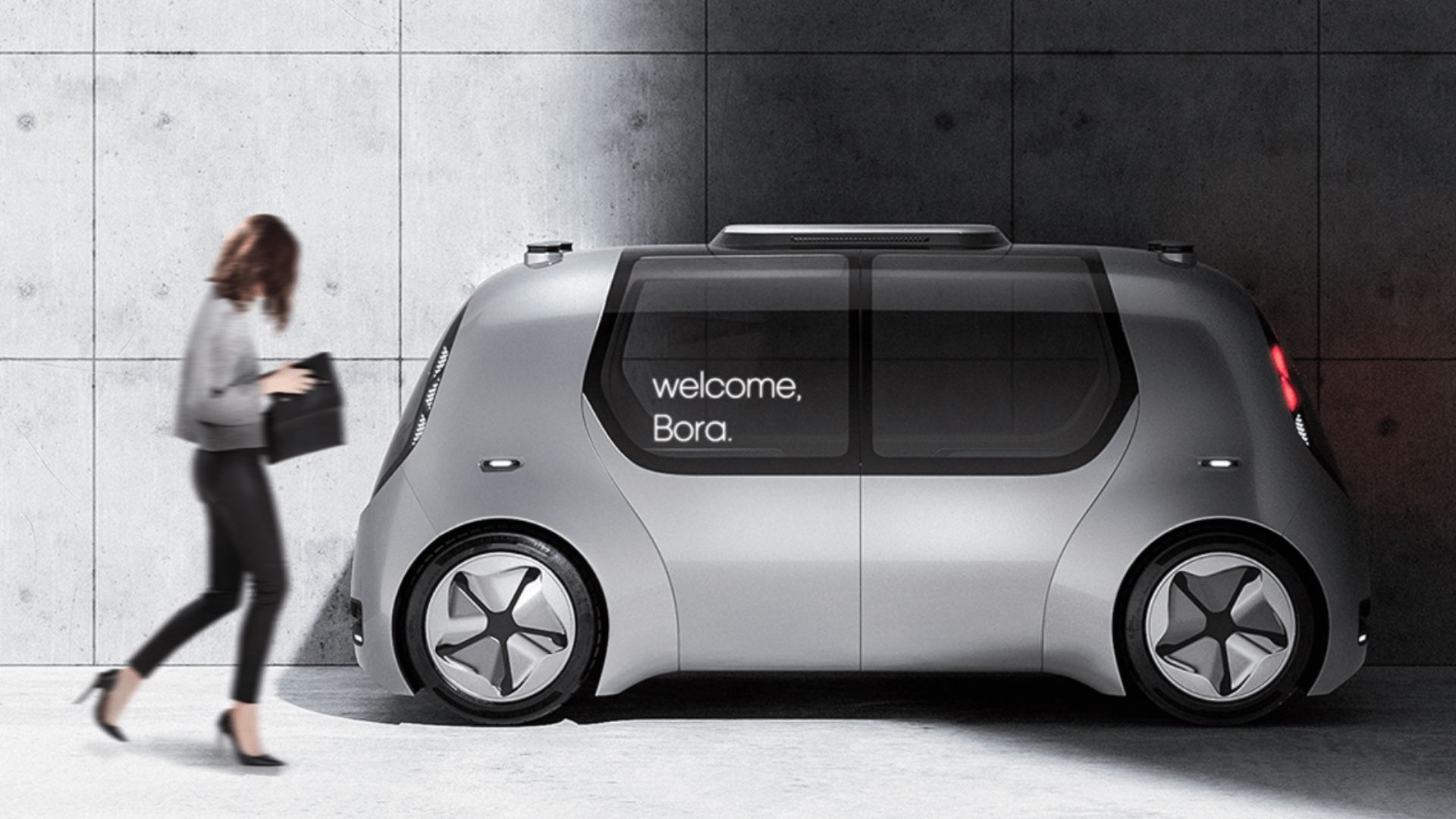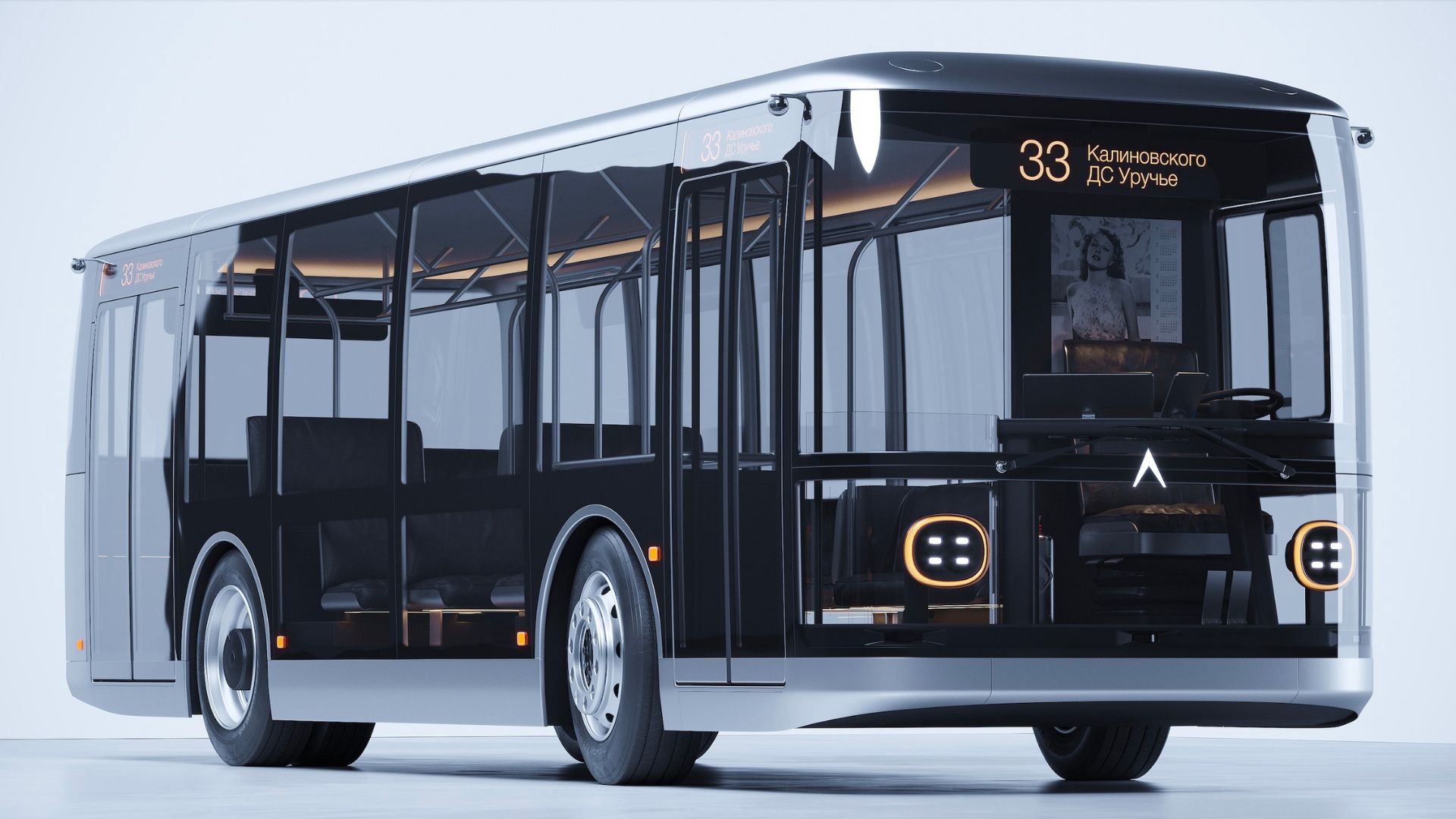Appropriate mobility: the right mode of transport at the right time
Envisioning the shift within mobility, UK-based Seymourpowell provides a glimpse into next-generation transport solutions.
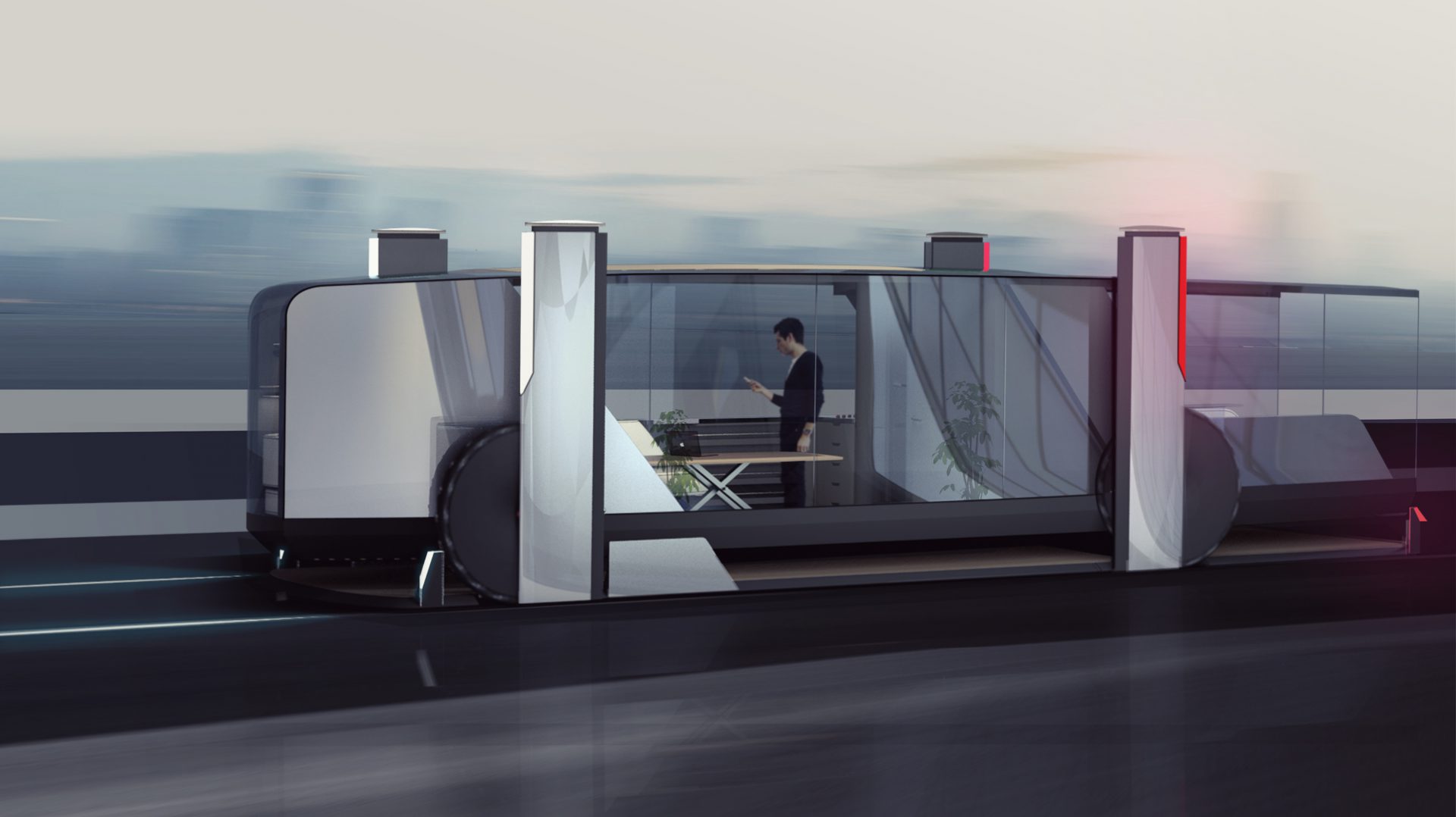
For over 30 years, Seymourpowell has been behind the track record of award winning designs and world-first innovation solutions that range from the future of domestic lifestyles, sports and nutrition through space traveling. The multidisciplinary group of design researchers, strategists, brand experts, product, UX, UI designers and makers create a collection of rigorous future thinkers that design products, interactions and services to shape tomorrow’s life.
DesignWanted interviewed Jonny Culkin, Lead Designer at Seymourpowell, to learn more about the company’s approach to forecast and interpret users’ behaviors while ideating future mobility and transport design scenarios.

Who is Jonny Culkin? How did your journey in design begin?
Jonny Culkin:
“I’m someone who was very fortunate to grow up in a household that valued the creative arts as much as it was infatuated with the automotive world, and as a result I became a total product of that environment. As a child I was constantly drawing cars or motoring scenes that had captured my imagination, which eventually led to discovering that you could essentially get paid to do this as an Automotive Designer.
I went on to study Automotive & Transport at Coventry University and was lucky enough to follow this up with a fantastic three years at Jaguar Land Rover, where I worked across both brands on future facing projects. From there I became fascinated with the transition of traditional automotive and then focused on the world of mobility where I managed to navigate my way to Seymourpowell.”

Why Seymourpowell? What is your ultimate purpose?
Jonny Culkin:
“Seymourpowell sits in a very privileged position within the industry. As an independent voice, Seymourpowell is a company valued enough to be sought out by prominent figures within the industry because of its positive effect to change through the means of design. We are totally multidisciplinary and not intrinsically linked to any one client or sector – which as a designer gives you a liberating freedom to expose yourself to a broad range of work. It is fantastic, both for personal development and also for effecting positive change across as many channels as possible.
Seymourpowell’s raison d’etre is to use design to make products and services better for people, better for business and better for the planet. That sounds like an incredibly simple and obvious statement, but it’s absolutely at the heart of everything we do. Good design is fundamentally good business, but as everyone is well aware, pure spreadsheet success is no longer enough. Increasingly, we are being sought out by big business to help them innovate as they transition to a new global outlook, with transparent ethics and sustainable products and processes at their core.
It’s through this lens that my particular passion lies. As a creative practitioner with a passion for Transport Design – I want to use my time and position at Seymourpowell to make sure we harness the potential that resides within a shift towards mobility. The opportunity is there for us to create and embrace new behaviours and mobility methods in order to positively change the way we construct our built environments and move within them.”

Having worked on the development of Reality Works VR design tool, you are facilitating the creation process blurring boundaries between styling, modeling and engineering. What are the applications of this “tool” and for what context was it designed for?
Jonny Culkin:
“I will defer to the words of my colleague Craig Bunyan, who is our Lead Creative Technologist at Seymourpowell and who developed the software. Here is an interview regarding VR and remote working processes during COVID.”
Craig Bunyan: “Reality Works was originally launched by Seymourpowell in 2017 as a tool specifically for automotive design, allowing our transport team to collaboratively create full scale 3D vehicle designs within a virtual reality design studio.
Now though, we have updated the software and improved it by allowing people to ‘dial-in’ to the virtual space to collaborate with colleagues on ongoing live projects. We are currently using it to aid all of our teams in continuing to work closely on projects during lockdown, where we’d otherwise be without the normal face-to-face interactions that so often lead to spontaneous moments of innovation or groundbreaking new ideas.
The tool has been crucial in facilitating our normal working methods as much as possible and we are now even onboarding some of our clients to host both pitch and design review meetings within the software. We’ve found this to be not only very effective in streamlining our communications and engagement amongst meeting attendees – but also in helping us to develop relationships in this unusual time where we can’t physically be together.”
The latest ‘Quarter Car’ ride-sharing concept addresses a variety of use case scenarios simultaneously, showing the future of autonomous and ‘positive emission’ vehicles. In which direction should new automotive design solutions be focused on?
Jonny Culkin:
“The automotive world has to ask itself a lot of questions over the coming years – naturally, the old guard of the industry is facing a lot of disruption from both new players but increasingly from new user behaviors too.
In this context it’s imperative that brands both move with the times but do this through a self-editing lens. For sustainable business, they must stick to what they are good at, and understand where they need to collaborate externally for expertise they don’t possess.
For instance, companies such as VW or Toyota, as manufacturers of traditionally utilitarian products, will be well placed to produce a shared mobility product along the lines of Quarter Car. As part of this process, however, it would be beneficial to collaborate with external expertise to gain a better understanding of designing for passenger experience, rather than driver-focused products.”

Jonny Culkin:
“Building on this, I’m desperate for design brands to retreat from their current position of trying to be active in all corners of the market. For instance, why on earth does Aston Martin or Alfa Romeo have an SUV coming out? I’m sure it will be a beautifully crafted product, but is it really what anyone needs? Will it really be a product so unique and brilliant that it will transform their businesses? Does it really stand up to the scrutiny of their brand DNA – or does it devalue it? Just because you can produce something, doesn’t mean you should.
Sure, consumers will increasingly gravitate towards a more convenient, shared ownership approach to their transport, but it doesn’t mean they still won’t value and aspire to the experience, sculpture and beauty of a high-performance vehicle. If anything, as our lives become more convenient and sedentary, it’s more important that an Aston Martin, or a Ferrari, is a credible option to us. Much like horses were once commodity transport, but now are objects of leisure – so will a Ferrari Hypercar – it’s time their businesses started to recognise the opportunities within this change.”

Exploring all aspects of the mobility sector, what are the main trends & future directions for transport design and what do you think of them?
Jonny Culkin:
“Obviously the known trends are electric, shared and autonomous mobility, which are all in various stages of their development, having undergone various difficulties along the way. I think the societal trend that we need and will eventually see, is towards appropriate mobility.
Appropriate mobility is as it sounds, using the right mode of transport at the right time. Within this, is the acceptance that there isn’t a silver bullet in terms of future transport usage – we are all in different stages of our lives, we all live in vastly differing regions and situations, and what will work for one person on one day, won’t work the next.
It’s about us developing a range of transport options that act as a modular toolkit for future users – and they must work in harmony. For instance, within a city and its suburbs, the trend should be away from private car usage and further into either personal, human powered transport or increased usage of existing public transport infrastructure. One journey should be able to seamlessly incorporate a range of these options – bikes, scooters, walking, buses, subways, trains, and so on, without punishing the user through cumbersome UX.”

Jonny Culkin:
“To achieve this we need significantly improved cooperation between public and private companies, as well as developing better attitudes between the various users of our transport eco-systems. In the coming years, how can we safely introduce electric bikes and scooters into a new and improved bike lane system? How do we make sure experienced, sportive level cyclists harmonise well with new cycling traffic including first time users, electric bikes and scooters.”
For users traveling in or out of cities, it’s imperative we improve how the bus and rail infrastructure meshes with our private transport options. Are park and ride options plentiful and pleasurable to use? Are there more than two spaces on each train allocated to bikes? Do I feel comfortable leaving my bike locked up at a rural station without the fear it won’t be there when I return? Can I charge my e-bike at work so I’m not caught out by that dreaded hill on the way home? Are there adequate showers and changing facilities at my place of work so I feel comfortable in important meetings during the day?
It’s about using design to empower, not force, people to make the right choices themselves.”

Working with a team to predict the future of transportation, what is the next step for Seymourpowell?
Jonny Culkin:
“In the present and going forward we will be working with our clients to deliver the potential of the next generation of transport to allow us to live more convenient, fulfilling and enjoyable lives. To do this we will by necessity have to create compelling and valuable products and services that users love. That is our bread and butter and is the bedrock for what allows our clients to build sustainable businesses upon.
To compliment this live client work, we will also undertake self-directed projects, much like our Quarter Car concept, that will leverage all teams within our business to provide a glimpse into the future. These projects act as our voice in the public domain and help us drive the industry forward with positive and impactful change, towards a more compelling future for all.

Internal teams contributing to these projects will include our Foresight Team, who are a collection of rigorous future thinkers that delve into the minds of consumers to glean insights that form the backbone of any of our projects. Our Digital team will demonstrate how connectivity and powerful interaction will bring life and convenience to future transport solutions.”








